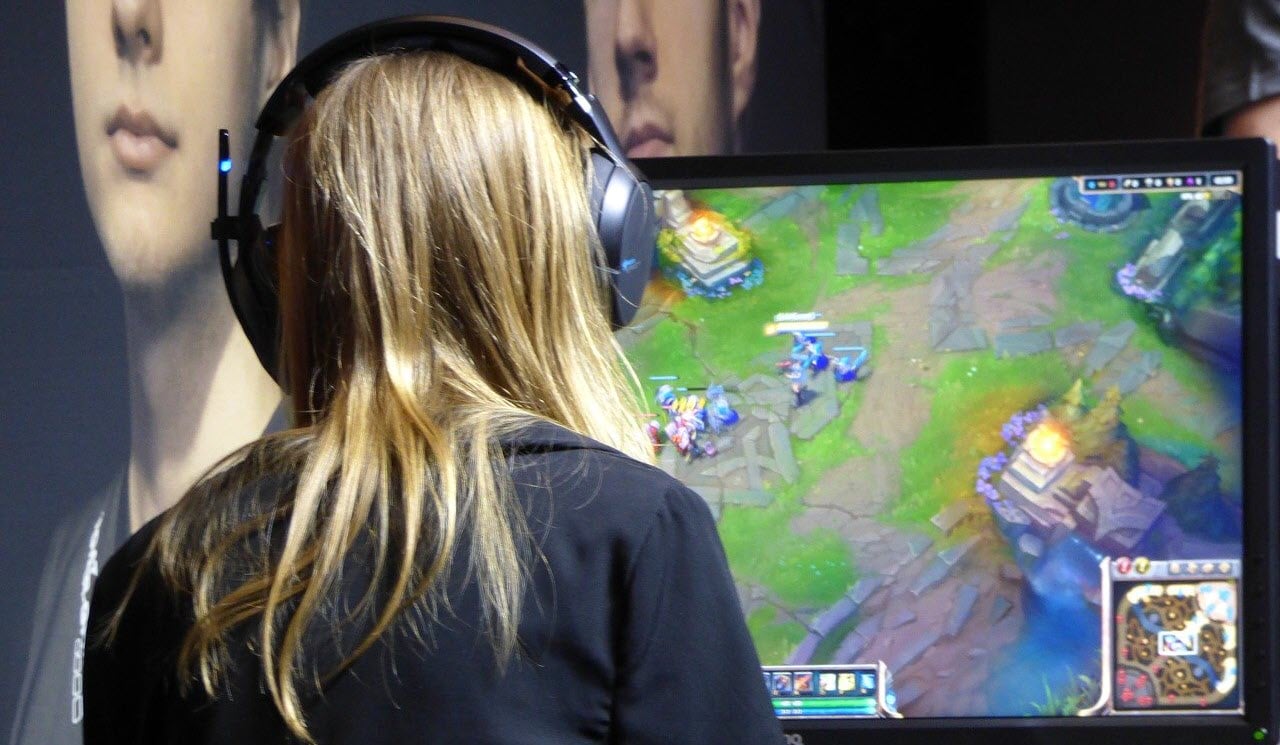If you grew up during the early 2000s or the late ’90s, then you’d be familiar with many of the then-popular games like SuperMario, Tekken, old titles from the GTA series, among several others.
These were all incredible games that held great emotional value for many of us, but compared to today’s standards, there isn’t much of a fair comparison in terms of gameplay. One of the main reasons for this is the advancement in graphics. In the good old days, games used to consist of rectangular pixels that used to make up all the shapes and colours.
These rectangular pixels gave the graphics a very jagged and edged look, especially when the shape they covered was curved or circular. This is something that is observed today as well if you’re playing a game at a low-resolution screen.
To minimise the extent of this jaggedness observed due to the pixels, the anti-aliasing technology was developed, which incorporates a variety of techniques to reduce the aliasing effect. How does it manage to achieve this? Let’s find out.
Also read: What is Screen Tearing? 5 ways to fix it?
How does anti-aliasing work?
As we mentioned above, the large pixels was the reason behind the jaggedness in graphics, and the most obvious way to get around this problem was making the pixels smaller by increasing the resolution. However, increasing the resolution might not always be the most feasible option, and so you might want to give a go at anti-aliasing.
Anti-aliasing mostly tries to minimise the jagged effect caused by pixels by blending the edges of these pixels with the surrounding colours. This brings about smoothness in the appearance of curved objects or shapes and to the overall graphics of the game as a whole. Also read: DDR3 vs DDR4 RAM
Also read: DDR3 vs DDR4 RAM
4 types of anti-aliasing
Over the years, like all modern technology or software, anti-aliasing has improved, and there are different types of it that you could use. These methods vary from each other according to how much processing power they utilise and how they are implemented.
Multisample Anti-aliasing (MSAA)
One of the most commonly used methods of anti-aliasing, MSAA strikes a balance between quality and performance. It does this by taking similarly coloured pixels, sampling them together, and manipulating the edges to blend into that of another sample.
This provides an illusion of smoother curved graphics rather than blocky shapes. A plus point of using MSAA is that it doesn’t eat up too much of your processing power neither does it affect your frame rates to the point where it is noticeable. This makes it particularly useful if the hardware you’re using isn’t as advanced.
Supersample Anti-Aliasing (SSAA)
This is the mother of all other anti-aliasing methods and the most basic one too. You might be surprised to know that, even though its the oldest method, it the most effective, albeit at the cost of substantial GPU processing power.
This is because SSAA takes each pixel and analyses the colour of the pixels surrounding it. In a broad sense, it renders a game of high resolution and downsamples it to the required resolution, without losing any sharpness. The fact that it analyses every pixel accounts for a considerable amount of GPU, which is why it isn’t used as much these days.
Temporal Anti-Aliasing (TXAA)
TXAA incorporates MSAA along with filters commonly used in CGI techniques, which are used in high action films for immersive visual effects. It utilises samples both inside and outside each pixel resulting in smooth transitions, which looks great during gameplay.
This alternative offers you the best when it comes to true quality, and as such, requires a higher level of performance from your computer. Playing games from the last five years using this setting is an absolute treat.
Fast Approximate Anti-Aliasing (FXAA)
This method, as the name might’ve suggested, is a quicker form of anti-aliasing, and is more demanding on your hardware than MSAA. This is because it processes all the pixels on the screen and smoothens out all the edges.
Compelling as it may be, FXAA can sometimes offer more edge reduction than necessary and can drop your frame rate by at least 10%. However, this is hardly noticeable, and the resulting smoothness in graphics makes up for the drop.
Which anti-aliasing method should you choose?
There is no definitive answer to that question, as it all boils down to the type of hardware you’re using, among a few other factors. The way to go about is to experiment with different graphic settings, and seeing which one works the best for you. If you observe a decrease in performance or a drop in frame rates, switch to a less aggressive anti-aliasing option.
At the rate which technology is progressing today, graphic cards are getting even better, and monitors are offering increased resolution, which eliminates most noticeable aliasing. This reduces our need for any of these anti-aliasing methods, but they still make for a great and easy way to boost the gaming experience.
Also read: How to connect a Joy-con to your Android device and have no input lag?






